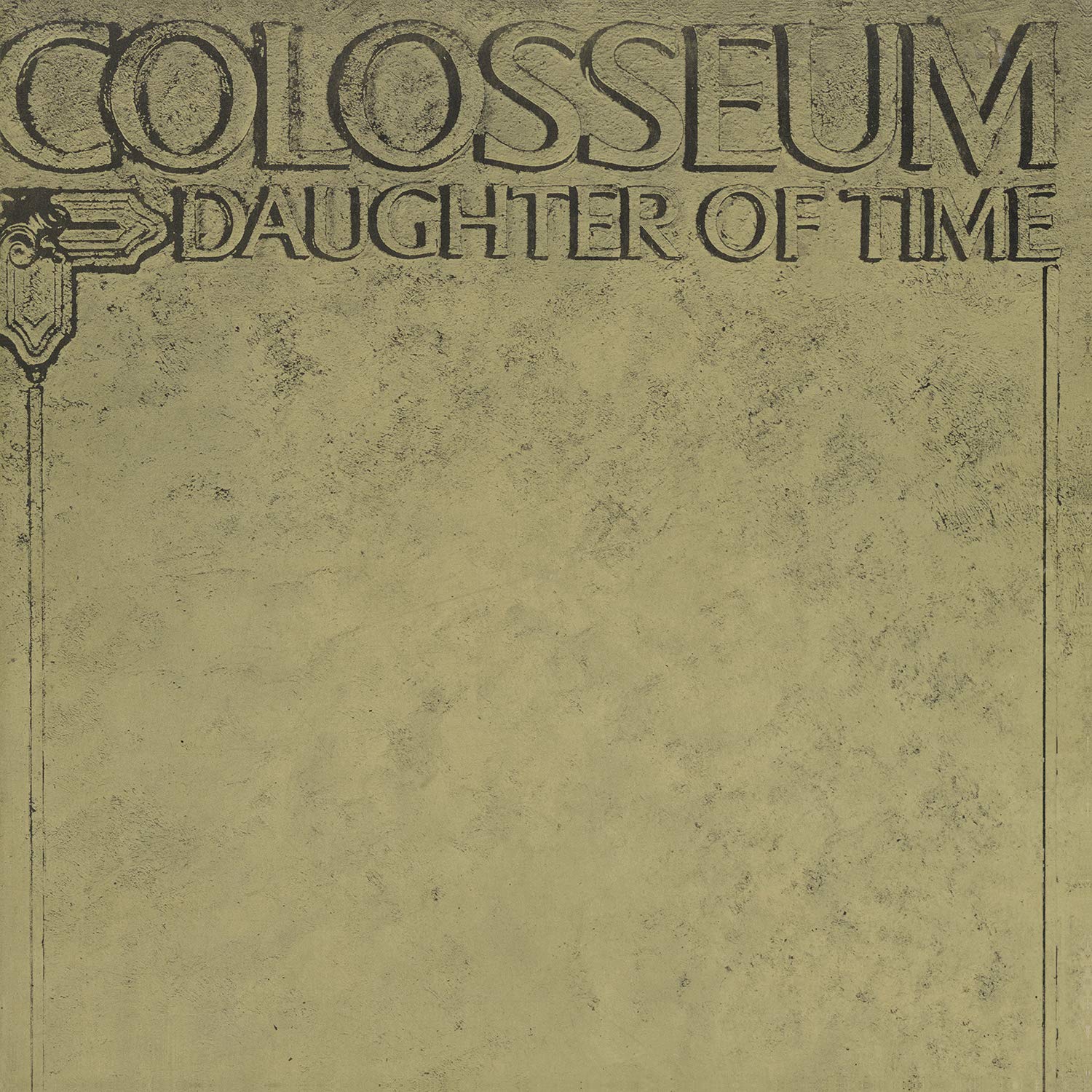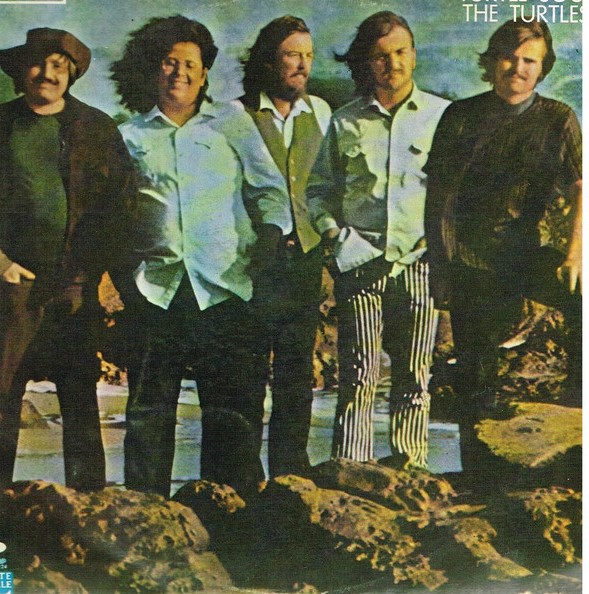 Woodstock: Aug 16-18
Woodstock: Aug 16-18
The history of people gathering together to hear others play music is almost as old as people gathering together to play music — both going back to prehistoric times.
And there were many older people in 1969, those of the “Great” generation and those of the so-called “Silent” generation, that would have identified “Woodstock” as just another prehistoric-type gathering to listen to primitive music.
Woodstock wasn’t the first multi-day music festival. The Greeks had multi-day festivals where music played an important role. In the Middle Ages and the Renaissance there were music festival that included a competitive element as portrayed in Richard Wagner’s Die Meistersinger von Nürnberg.
Wagner himself started the famous Bayreuth Festival in 1876, and though the first year was a financial disaster, it was a significant historical achievement with Russian attendee, composer Peter Tchaikovsky, writing “Something has taken place at Bayreuth which our grandchildren and their children will still remember.”
And so we can say the same about Woodstock.
There were many earlier multi-day rock events including the three-day Trips Festival in 1966, the two-day Fantasy Fair and Magic Mountain Music Festival in June 1967, the three-day Monterey Pop Festival from June 16 to June 18 in 1967, the Northern California Folk Rock Festival in May 1968, the two-day Newport Pop Festival in early August 1968, which had over 100,000 paid attendees, the two-day Isle of Wight Festival on August 31 and September 1, 1968, the two-day San Francisco Pop Festival on October 26 and 27, the two-day Los Angeles Pop Festival on December 22 and 23, the three-day Miami Pop Festival on December 28-30, several large, multi-day festivals in the first seven months of 1969 including the July 25-27 Seattle Pop Festival, and the three-day, attended by over 100,000, Atlantic City Pop Festival on August 1-3.
But Woodstock was one of a kind. It was the peak of such gatherings — both a musical and social event the likes of which had never occurred before and has yet to occur again.
It was further celebrated and immortalized by the Warner Brothers movie, Woodstock, which came out in March 1970 — a important documentary that other studios had no interest in funding, and that, with its box office success, saved Warner Brothers from bankruptcy.
I had not even heard of Woodstock when my father, one evening in April 1970, while my sister and mom were attending some a Job Daughters or Eastern Star related meeting, took me to see a movie about music he personally had no interest in or no particular affection for. At fourteen, I was just along for the ride, so to speak, and would have accompanied my dad to any movie he chose. Fortunately he chose Woodstock.
And what I saw were the myriad and complex vestiges of sixties mixing with, and more significantly, fueling the new music and culture of the upcoming 1970s — I was watching a document foreshadowing the world I would soon more fully engage and participate in. Outside of sometimes reminding me of the importance of being considerate of others and sensitive to other people feelings, taking me to movies was the closest my dad ever came to explaining the facts of life or teaching me about what life would be like as an older teenager or young adult. Woodstock, even in just its movie reincarnation, provided exposure to curse words, skinning dipping, drugs, and most of all some really timeless music.
Today there are various DVDs and on-demand streaming sources of video and audio that cover the music played at Woodstock and capture interviews of musicians and attendees. I think its appropriate to celebrate this anniversary by watching the original movie or the extended version — or just listening to some of the audio from this landmark event. Appreciate any comments on this topic!
Albums for the rest of August 1969
For the most part, by August of 1969, the sixties were wrapping up and the seventies were off to the races.
There were a number of musicians and groups that were symbols of the sixties that now had to make the transition to the seventies or fold trying. Those that more-or-less folded, including Donovan, as mentioned in last week’s post, and groups like the Association, who released their fifth album in August 1969, the first of two Association albums that didn’t have a charting single, would be long remembered for their contributions in the sixties, but not recognized as a part of the seventies.
While other groups were declining, wrapping up, or dissolving, there were many new groups — with three genres becoming more and more prevalent: hard rock groups, which would evolve mainly into metal, progressive rock, and hard rock blues bands; the folk and country rock groups, which would often, in the case of some folk rock bands, get more progressive and complex, or with some country rock bands, develop a harder edge to their music or become more acoustic or folk-oriented; the blues rock bands, which depending on their musical sophistication usually evolved into metal, hard rock, jazz-rock, or more prog rock bands. On top of this the Motown sound of the sixties was generally replaced with funk, soulful rock with the heart and soul of the Tamla/Motown set of record labels (including Tamla, Motown, Miracle/Gordy, VIP, Soul) shifting from Detroit to Los Angeles.
The shift from the sixties to the seventies was marked by the formation of super groups – — top musicians from different bands getting together as was the case earlier with Crosby, Stills, and Nash which released their album in May of 1969, and Blind Faith and The Hollies, both of which released their albums in August of 1969.
Eric Clapton, Steve Winwood formed Blind Faith with Ginger Baker and Ric Grech. The Blind Faith album, with its controversial original cover, which Eric Clapton fought for by stipulating their would be no album without that cover of the topless prepubescent strawberry blonde suggestively holding a Concord-like aircraft , and which cover was predictably replaced when initially released in the U.S. and Canada, is foundationally a blues rock album, with some particularly engaging writing by Steve Winwood and overall quality playing from Clapton, Winwood, Gretch and Baker. Half of the album, side two, is an extended jam number which particularly showcases Eric Clapton.
Steve Marriot of the Small Faces and Peter Frampton of the Herd formed the Hollies. Their first album, As Safe As Yesterday Is, released in early August of 1969, is a mixture of blues rock, jam rock, and some good solid songs. particularly the title song, “As Safe As Yesterday Is”, by Peter Frampton. This style of British rock-blues looked forward to the blues and guitar oriented rock of the early seventies and contained few vestiges of the original British Invasion sound.
Ten Years After, who also played at Woodstock, was an English blues rock band releasing their third studio album, Ssssh in August of 1969. However by this third album Alvin Lee’s impressive guitar style had more of a seventies’ sound and his writing style likewise as was the the general hard-rock rhythmic drive of drummer Ric Lee and bassist Leo Lyons as well as the blues-rock sound of classical trained keyboard player Chick Churchill. Ssssh, outsold the previous two albums and got as high as the twentieth position on the US Billboard Album Charts.
Mick Abrams, the guitarist on the first Jethro Tull album, leaving apparently from differences with Ian Anderson on the musical direction of Jethro Tull, had formed the band British Blues Band Blodwyn Pig. Incorporating the reed work of Jack Lancaster and including elements of jazz-rock as exemplified by the track, ““The Modern Alchemist”, the album reached number 9 on the UK charts. Again we have a solid, British Blues album, very much forging the way into the start of the seventies.

In America, starting in 1966, Carlos Santana led a Bay-Area-based live-concert jam band, Santana. Santana’s first album, recorded in May 1969 and released at the end of August, 1969, incorporated some actual songs in order to be commercially friendly — but as to be expected from this type of jam band, the album is mostly instrumental. One of songs on the album, “Evil Ways”, caught on in a big way reaching #9 on the charts sometime in March 1970. With the combination of the heavy airplay of “Evil Way” and their appearance at Woodstock and in the film, their first album eventually climbed up to number 4 on the US Billboard Album Charts. While “Evil Ways” received incessant airplay on AM, FM radio stations played other cuts of the Santana album.
Michigan, which had provided the MC5 and The Stooges, provided yet another hard-edged, blues-based rock band with Grand Funk Railroad. Though the level of musicianship was not at the level of English groups like Blind Faith, The Hollies, Ten Years After, or Blodwyn Pig it was clearly an improvement over MC5. The first album, On Time, released in August of 1969, was also much better received by rock critics. Grand Funk was a natural seventies arena rock band, so much so that Rolling Stone writer David Fricke later declared “You cannot talk about rock in the 1970s without talking about Grand Funk Railroad!” And though an intelligent musically-oriented discussion of seventies rock music certainly wouldn’t suffer from an omission of Grand Funk (as they were more commonly called by fans), they were one of the few early seventies hard rock bands that managed to successfully steer away from what some considered the contaminating influence of progressive rock — staying mostly true to the vision of a generic, relentlessly devoid of any traces of self-awareness, hard rock.
Stevie Wonder, did not play at Woodstock, but continued to mature as a musician and composer, releasing My Cherie Amour on August 29, 1969. Wonder would become one of the most important voices of the 1970s, but for the most part My Cherie Amour is still a sixties album. The biggest hit was the title track, “My Cherie Amour”, a tune originally written by Stevie for his girlfriend as “Oh, My Marsha” when he was a student at the Michigan School for the Blind and then recorded in 1967. Reaching #4 on the U.S. Billboard Singles chart, the song is relatively simple, instantly accessible and charmingly a product of the sixties. “Yester-Me, Yester-You, Yesterday”, also recorded back in 1967, reached number #7 in the US and #2 in the UK.
Love also was making the transition from the sixties to the seventies. To start with, Arthur Lee, the primary creative force behind Forever Changes, dismissed all the previous members of Love after the departure talented songwriter, vocalist and guitarist Brian MacLean had left. The new album, Four Sails, released in either August or September was a disappointment to fans expecting an extension of the melodically-rich, proto-prog sound of Forever Changes. Four Sail starts off promising enough, with the first track “August”, propelling forward with impressive contrapuntal interplay between the two guitars and the bass. The next track though, pulls the listener back into the sixties as does “I’m With You” with its similarities to the quintessentially sixties “Feeling Groovy” and “Robert Montgomery” with its similarities to “Eleanor Rigby.” Overall, the album is supported by some strong, seventies-style guitar work, but it does not match the quality of the earlier Forever Changes album, and it garnered even less commercial and critical attention.
Another album bypassed by most consumers and critics alike, selling less than a total of 20,000 copies in 1969 and 1970, was Boz Scaggs solo album, simply titled “Boz Scaggs”, recorded after his departure from the Steve Miller Band and released in August 1969. This is mostly a country music album, but it smoothly incorporates elements of blues, folk, soul and gospel. One could make the case that this album is the most seventies album of all the late sixties albums as it effectively incorporates horns, and background singers into a polished presentation that is as much about style and appearance as substance. Fortunately, there is also real substance to the songs. Scaggs own compositions are generally based on traditional country laments (unrequited love, being taken for granted, unappreciated, leaving because unappreciated, and abandonment.) The covers Scaggs chooses are wisely selected and fill out the full county/blues spectrum with “Look What I Got” (I found someone else, so there — but it could/should have been you.”) and and “Waiting for a Train” and “Loan Me A Dime” covering down and out territory. The album ends with a final country song, Scaggs and keyboardist Barry Becket’s “Sweet Release” that balances desolation with the promise of solace. This strong and powerful ballad is reminiscent of Procol Harum and anticipates the country-rock sound of Elton John’s Tumbleweed Connections. Overall Scaggs gives us one of the first seventies-style Americana albums, simple, effective, and liberated from the influence of the musical influences of the British Invasion. Once Boz made it big, the album was reissued and belatedly charted in 1976.
August was a busy month for releases, and with albums like Miles Davis’s In a Silent Way, Nick Drake’s “Five Leave’s Left”, Yes’s first album, Yes, Jethro Tull’s “Stand Up”, Santana’s first album, Santana, and Can’s “Monster Movie”, now in the hands of many listeners by the end of August, 1969, it seems appropriate to note that this was the beginning of the seventies, calendar mechanics and formalities ignored — and it you were to bring such silly technicalities up, my reply would certainly be typical seventies jargon — “screw that!”



















 Woodstock: Aug 16-18
Woodstock: Aug 16-18




